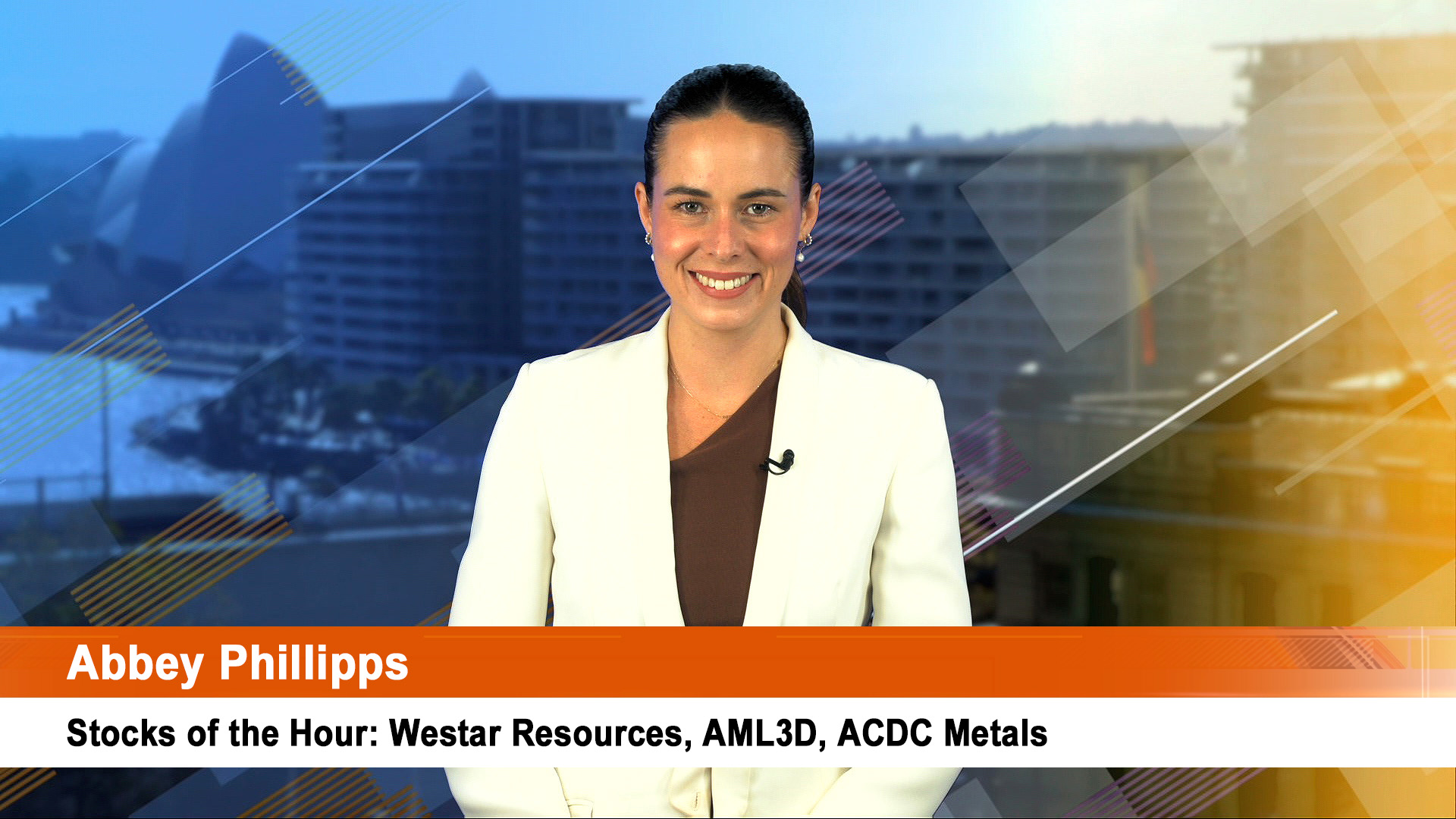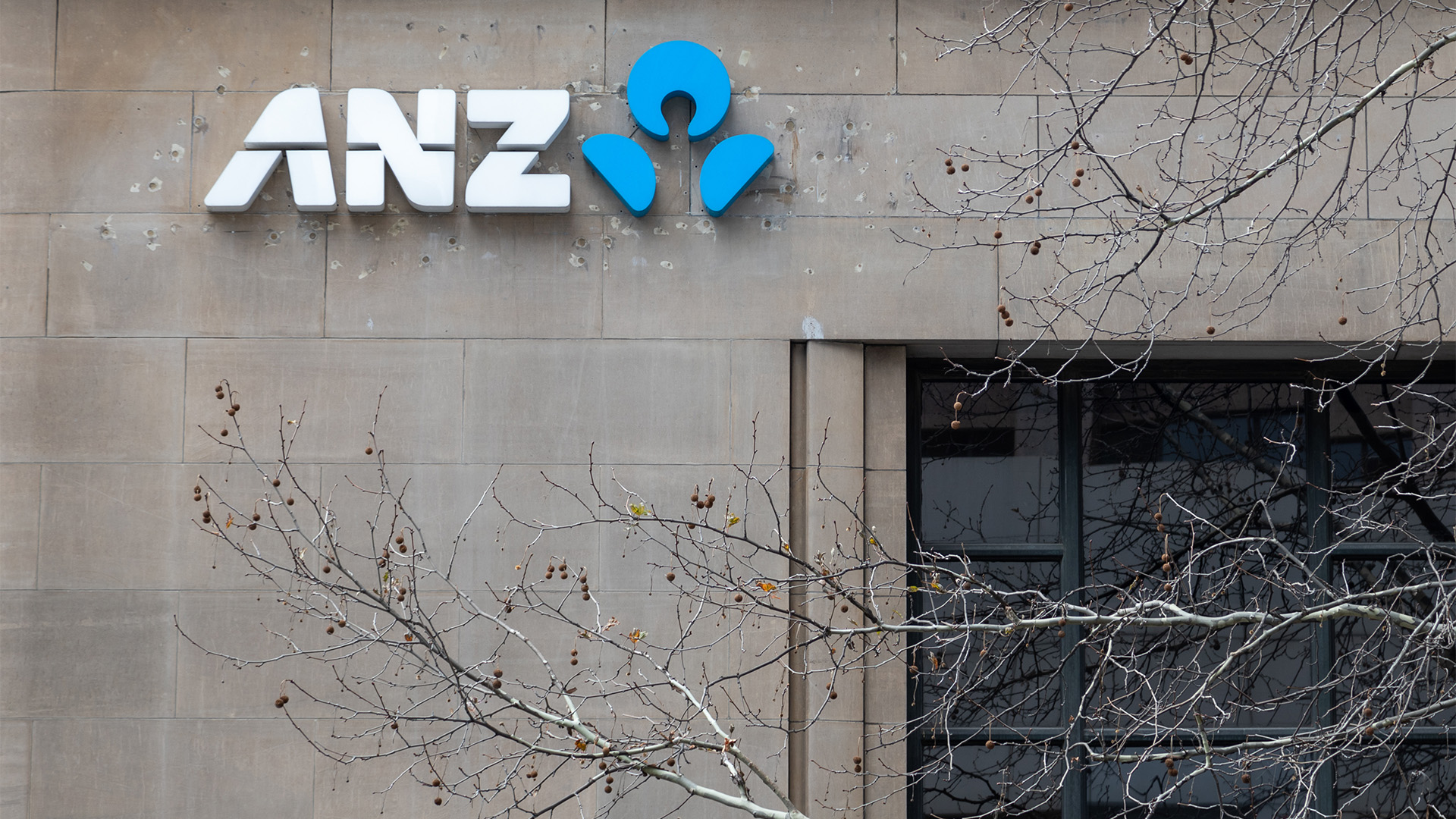David Jones, Australia’s second-largest department store chain, may have joined the victims of consumer caution brigade among our retailers in the first half of 2011, but it certainly did better than arch rival, Myer.
David Jones told the ASX yesterday that second-quarter like-for-like sales fell 2.7% to $617.6 million in the three months to the end of January, compared with $634.7 million a year earlier.

On a half on half comparison, David Jones said that the 2011 financial year reporting period started one week later than FY10 due to FY10 being a 53-week year.
"Comparing the sales for 2Q11 to the same calendar weeks in 2Q10 (i.e. 1 November 2009 to 30 January 2010), Total. That is top line sales fell from $1.06 million in the first half of 2010 to $1.084 million in the latest six months," the company said.
David Jones said that on a like-for -like (same store) basis sales decreased by 1.1% (on an adjusted calendar weeks basis) in the six months.
On that basis David Jones clearly out-performed rival Myer.
Myer told the market earlier this month that, "Total sales for the half year to 29 January 2011 were $1,733 million, down 3.54% compared to the previous corresponding period. On a like-for-like basis sales were down 5.19%".
And on a profit comparison, the result was even clearer. David Jones confirmed guidance of a profit rise of at least 5% for the first half and 5% to 10% for the full year, though if the current consumer caution continues, the outcome will be at the end of the range.
The company said it reaffirmed "guidance of 5% to 10% keeping in mind that if consumer shopping behaviour continues as per 1H11 we expect our PAT growth will be at the lower end of our guidance. We also reaffirm our FY12 PAT Growth Guidance of 5% to 10% (although based on the current environment we expect it to be at the lower end)".
But that will be better than Myer which said earlier this month:
"Our preliminary expectation for net profit after tax (NPAT) for the first half of 2011 is in the range of $106 to $109 million.
"Allowing for the continuation of the subdued consumer environment, we now expect the FY2011 NPAT to be up to five percent less than last year compared with proforma NPAT of $169 million in FY2010.
"In view of the unpredictable nature of the current trading environment, we will provide a further update with our first half results on 17 March 2011."
And while Myer management moaned about the flood levy and interest rates, there were few complaints from the David Jones management.
So David Jones has found the going tough, while the impact on earnings seems to have been minor, compared with Myer’s experience.
Therefore it’s no wonder that David Jones saw its shares rise 2c to $4.64, and the report seems to have dragged Myer shares higher by 5c to $3.31.
David Jones’ chief executive Paul Zahra said in the statement that it had experienced a ‘‘challenging second quarter with wetter and cooler weather, a decline in consumer sentiment, significant discounting in the sector in the lead up to Christmas and the impact of the Queensland floods on six of our stores’’.
‘‘Consumer shopping behaviour continued to be patchy throughout the second quarter of 2011 and we have seen no material signs that this is changing.
‘‘Sales on a state-by-state basis, excluding Queensland, were consistent, with no discernable trend emerging.’’
Despite a very competitive retail environment in the second quarter the company had managed its cost position well, he said.
‘‘I am pleased to report that we have also effectively managed our gross profit margin and inventory,’’ Mr Zahra said.
And that seems to have been the difference between the two department store groups.
David Jones is still running the tight controls on stock that former CEO Mark McInnes insisted on (as did the board).
Woolworths and Harvey Norman produce first half earnings reports tomorrow.













